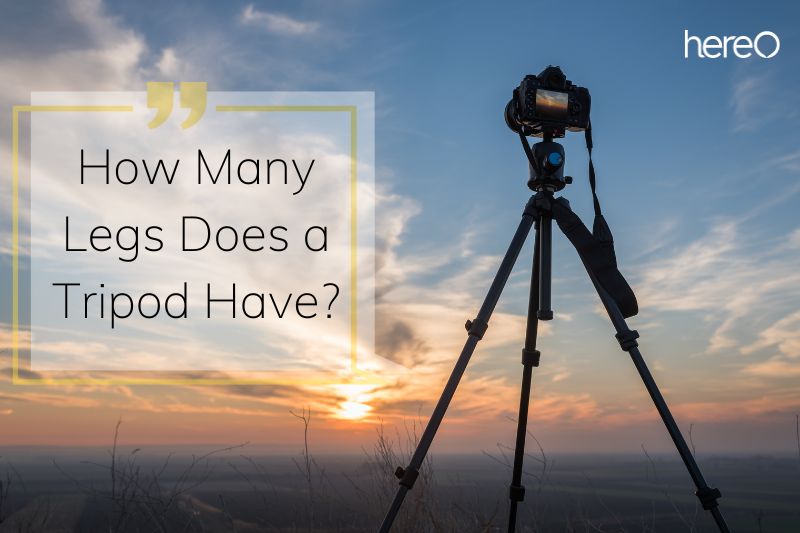In photography and videography, a tripod is a useful tool. By minimizing vibration and shake, it enables a camera to capture a better image. To get the greatest image possible, it is essential that you utilize a tripod that is the right height for you.
However, how many legs does a tripod have? And what are the different types of tripods?
Contents
How Many Legs Does a Tripod Have?

A tripod, as the name suggests, is a structure with three legs. Typically, a tripod is supported by three legs.
Actually, there are some tripod kinds that have just one leg (a monopod), among other things.
The question may seem stupid to many seasoned photographers, but it is crucial for beginner photographers or filmmakers to understand all the specifics and varieties of a tripod.
Why Do A Simple Tripod Have 3 Legs?
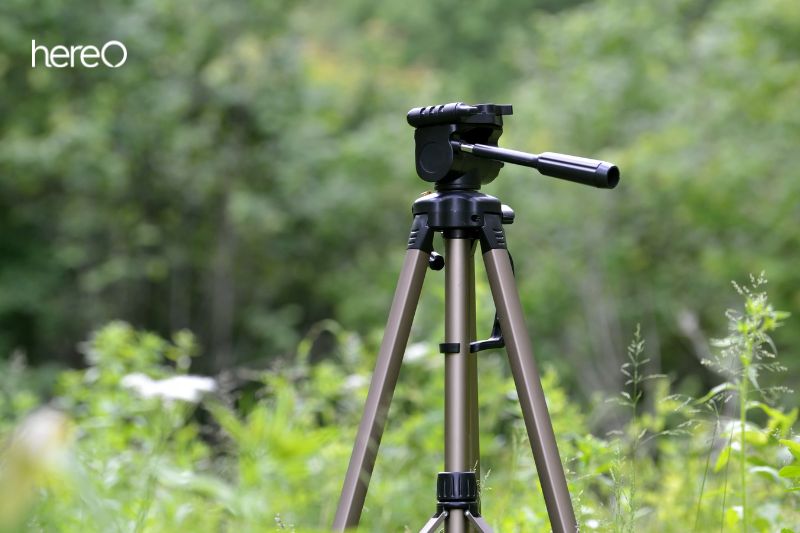
A tripod has three legs for stability, is easy to put up, and is light enough to carry.
An object with only two legs is obviously not typically stable, yet an object with four legs, like a table, may be stable but difficult to set up again.
The stability that the tripod’s three legs offer is their main function. To prevent the tripod from tipping over, the legs must be uniformly spaced.
The tripod may topple over if one of its sides is heavier than the other. For instance, if the camera was on one side and nothing else was on the other, the other side would become heavier and more likely to go over.
The camera is kept stable and the weight is distributed more evenly thanks to the three legs.
What Are The Different Types of Tripod Legs?
Aluminum, carbon fiber, and wood are just a few of the materials that can be used to create tripod legs. They could also have diverse shapes, such as square or circular.
A tripod’s legs may be adjusted as well, which is useful for finding the ideal height and angle for your needs.
Structure of Tripods
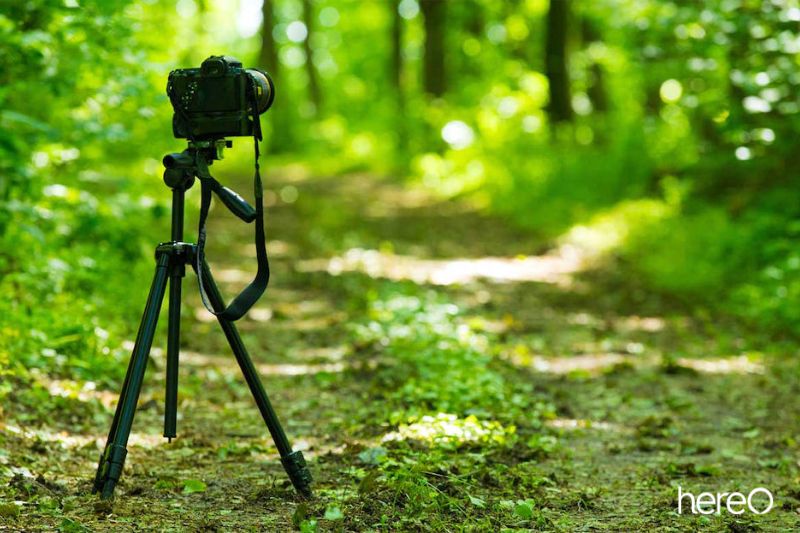
The Spider
The spider, also referred to as the chassis in more technical terms, is the tripod’s heart.
The remaining components of a tripod are connected to the spider near the top, which is also where the legs are connected.
Center Column
This section is in charge of adjusting your camera’s height.
The tripod’s center column, which may be raised or lowered as needed, is typically located there.
The Head
The component that supports your camera above the center column is called the head, and it may be tilted in various ways to achieve the correct angle.
Lateral Arms
Typically, lateral arms are used to link the legs of large, sturdy tripods. The arms provide more stability.
Legs
The legs provide the tripod’s structural support. Since their legs are often telescopic, they can slip one portion over the other or inside it.
The adaptability of a three-legged tripod shines in this situation since the legs can be extended or retracted to handle uneven ground.
Leg Locks
To keep the tripod in position, there are two different types of leg locks. Twist locks and lever locks.
Lever locks are less complicated, however they are not as resistant against harsh weather as twist locks. Not to add that lever locks eventually deteriorate.
Feet
You’ll need to consider your surroundings before choosing whether to use rubber, clawed, or spiky feets.
Types of Tripods that You Will Encounter
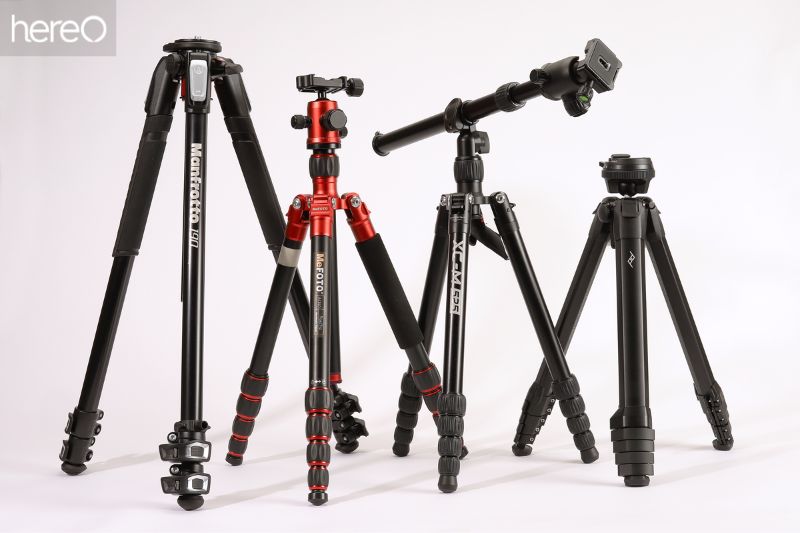
Depending on how many legs they have, what material they are built of, and how they are utilized, there are various varieties of tripods. Let’s examine each one individually!
Monopods
A monopod is a type of camera support that consists of a single pole. A monopod just has one leg, as opposed to a tripod’s three.
In instances where a tripod would be too heavy or impracticable, such as while shooting in confined locations or when moving fast, monopods are commonly utilized.
Additionally, they can be useful for stabilizing long lenses, which are frequently hefty and need two hands to operate.
A monopod can nevertheless offer sufficient support to take crisp pictures even though it cannot match the stability of a tripod. Additionally, compared to tripods, monopods are usually much lighter and more portable, making them a fantastic option for photographers who frequently travel.
Travel Tripods
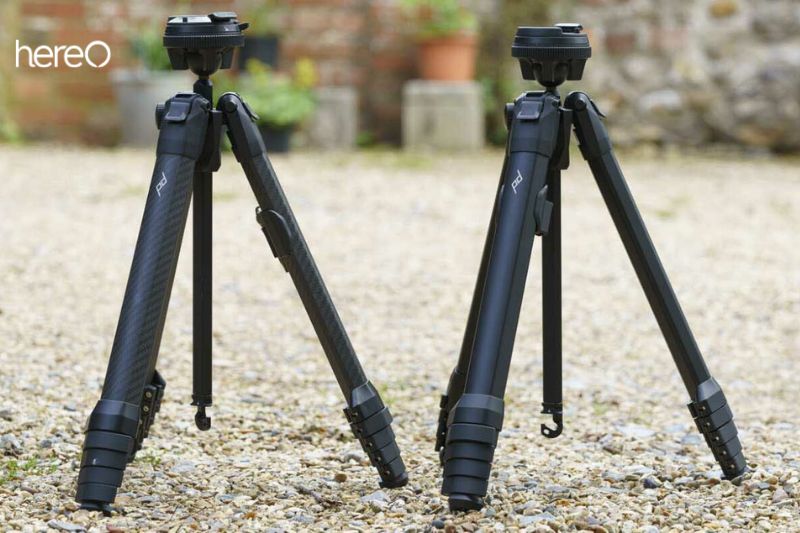
Typically, travel tripods are smaller and lighter than standard tripods. Travel tripods can be made out of lightweight materials like carbon fiber or aluminum.
On the other hand, because they are small and light, only smaller and lighter cameras can utilize them, and because of the lower maximum height, photographers typically have to kneel down to use them.
Pocket Tripods
Even more than the travel tripod, a pocket tripod pushes the bounds of portability.
To keep the camera steady and pleasant, this one is often utilized on flat surfaces.
The majority of the time, it is used with phones; an example of where you might use it is at your desk at work.
Studio Tripods
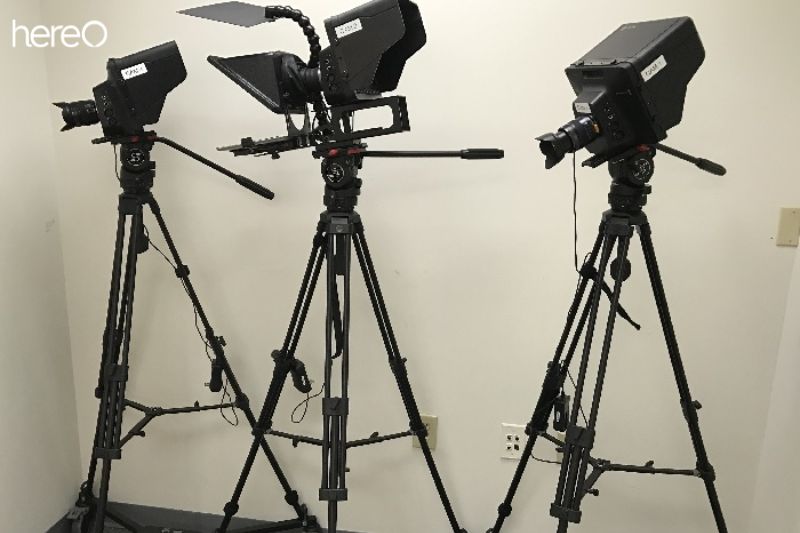
Larger cameras, like those with long telephoto lenses or digital medium format cameras, are frequently supported in studios by heavy-duty tripods.
Maximum stability is necessary for studio photography work since it typically requires generating the finest image possible; as a result, hefty, pricey, precision-engineered studio tripods are needed.
Since studio tripods are typically used in the same location and are rarely transferred, they don’t need to be particularly light or small.
Smartphone Tripods
You can obtain steady video and photo capture from your preferred smartphone with tripods for iPhones and Android devices.
Every year, the use of smartphone tripods grows in popularity along with the popularity of mobile photography.
FAQs about How Many Legs Does a Tripod Have

Is a camera tripod worth it?
We advise every photographer to own a tripod. You might need it frequently or you might just need it occasionally, but whenever you do, you’ll be so happy you have it. Additionally, a tripod will let you experiment with methods and subjects you previously would not have been able to.
How much should I spend on a tripod?
You can either purchase a good one now and keep it for years, or you can purchase a cheap one now and purchase several more cheap ones over a few years.
What is the best material for a tripod?
Outdoor and touring photographers frequently like carbon fiber tripod legs since it is the lightest and strongest material available. Although a little heavier than carbon fiber tripods, aluminum tripods are more readily available and stronger.
Shutter priority mode controls what aspect of the camera?
Shutter Priority mode allows you to choose the shutter speed for a given scene, leaving the camera to automatically determine the aperture and ISO to create a balanced exposure. You can think of it like a semi-automatic mode on your camera.
What secondary use do UV filters have?
These UV filters served another purpose. It would shield the front lens component, guarding against nicks or breaks in the priceless glass.
Conclusion
A monopod just has one leg, whereas a tripod has three and is used to steady cameras. Although the number of legs on a tripod can range from one to six, the most common tripod has three legs. Although they can be used for other things as well, tripods are often employed to support cameras.
Thank you for reading. HereOfamily hope you enjoyed it.
